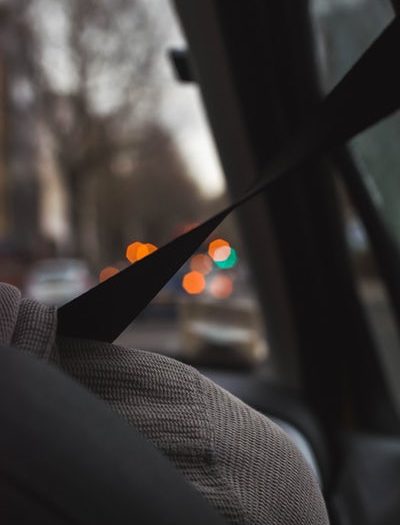IT NEVER CEASES to amaze just how many drivers have never been told the most basic necessities about keeping themselves safe on our roads.
Senior drivers are nine times more likely to be seriously injured in a road crash than a younger person in the same sort of crash. And they’re more likely to die; drivers over 70 account for 14 percent of all road fatalities, yet they make up only eight percent of licenced drivers.
One of the reasons may be that two-thirds of older drivers are endangering themselves by incorrectly positioning their seatbelts, or using cushions to make them more comfortable.
The new Transurban Road Safety Centre at Neuroscience Research Australia (NeuRA) in Sydney will make it a priority to learn why vulnerable older drivers and motorcyclists are dying on the roads at a far greater rate than other age groups.
Brad Hazzard, the NSW Minister for Health and Medical Research, said the new crash lab – largely funded by Transurban, the major operator of toll roads in NSW – would ultimately save lives and shape future road safety initiatives.
Despite “incredible advances” in road safety, Mr Hazzard said road crashes remained the biggest killer of young people under 44 in NSW. More than 1300 people died on Australian roads every year, and about 60,000 are injured, costing the health system about $26 billion.
“Our hospitals are full of people who have been in motor vehicle accidents,” he said. “The new centre will give us insights that will save lives and reduce disabilities.”
The crash test lab contains a sled that can simulate a crash involving a full vehicle and its occupants at nearly 64km/h, the speed of impact in most major crashes.
Using a smaller crash test dummy, one of the first projects will examine the impact of “seat belt cushions” and modifications by older drivers to make seat belts more comfortable.
A study of seatbelt use by 367 drivers older than 75 found these belts were the most common source of chest injuries.
Nearly all wore a seatbelt but only about a third of older drivers positioned them correctly in the lap or across the shoulder, said Dr Julie Brown, a senior research fellow at NeuRa.
She was surprised to find 23 per cent of these drivers used cushions or a belt accessory to make driving more comfortable, something road safety experts hadn’t observed before. These included cushions on the seat, behind their backs or under the seat belt.
“As people age, our body shape changes,” Dr Brown said. “Not surprisingly there a lot of problems with good seat belt fit, which is one of the most important thing to provide the best level of protection.”
Some had the sash hooked under their arm, for example. Some wore the belt too high, across the fatty part of the stomach where it would cause serious injury to internal organs in a crash.
The research could lead to changes in seat belts to make them more comfortable for older drivers and recommendations to doctors on the kinds of cushions and support that could be used safely.
Mr Hazzard said he wanted to help older drivers maintain their mobility and independence for as long as safely possible.
“People are living longer and wanting to drive longer. And we need to keep those drivers safe, and keep the community safe. If they drive longer they can keep their independence longer.
“I’d like to see older drivers retain licences for as long as possible so they are better connected to the community.”
